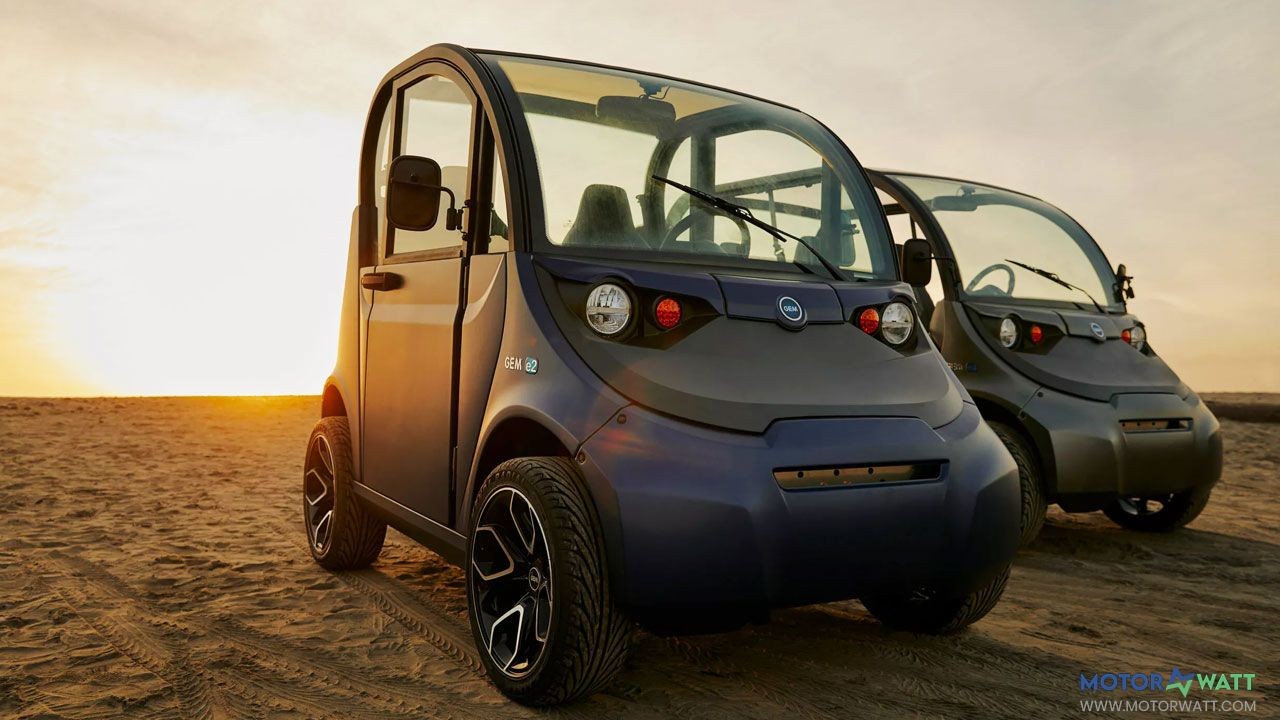WAEV Revolutionizes GEM Electric Vehicles with Innovative Solar Panel Addition
WAEV's New Solar Panel Addition for GEM Electric Vehicles: Boosting Range and Efficiency | Eco-friendly Transport Solution
WAEV, the creator of the much-loved GEM electric vehicle, has unveiled an innovative solar panel feature. This transformative addition morphs the electric vehicle's roof into a valuable source of energy. GEM electric vehicles are recognized for their compact size and effectiveness, making them suitable for urban settings and any location that doesn't necessitate large full-sized vehicles. These vehicles are amongst the top contenders in the low-speed transportation sector in the United States.
Charging GEM Electric Vehicles: A New Era
As pure electric vehicles, GEMs are powered by batteries, traditionally requiring a connection to an electrical outlet for charging. WAEV's new addition, the monocrystalline solar panel module, is a supplementary accessory that affixes to the roof of the vehicle. It assists in powering the lead-acid or lithium battery of the GEM, depending on the model, eliminating the need for constant connection to a power source.
Solar Power Estimates and GEM Vehicle Efficiency
While WAEV hasn't disclosed detailed specifications regarding the solar panel modules' nominal power, it has provided estimates for the extended range for different models. Depending on the GEM model, WAEV estimates that the solar panel addition could enhance the range from 6.9 to 20 kilometers per day.
Increasing the range with solar panels on standard electric vehicles is often a challenge, largely due to the more potent engines in full-sized electric vehicles. However, low-speed vehicles (LSVs) like GEM, with smaller engines limiting their speed to 40 km/h, are considerably more efficient. They can convert the same quantity of electricity derived from a solar generator into a substantially larger range.
These solar-powered LSVs don't typically derive their entire charge from the sun; instead, they utilize the solar panels as a method of range extension. It's still possible to connect these vehicles to standard electrical outlets for primary charging.
Benefits of Low-Speed Transportation Vehicles
Often termed neighborhood electric vehicles (NEVs) or micro-cars, low-speed transportation vehicles offer a plethora of benefits, making local transportation more sustainable and convenient. As a green substitute for traditional gasoline-fueled cars, NEV electric vehicles emit zero pollutants, reducing air pollution and enhancing air quality.
Their compactness and slow speed make them perfect for navigating through tight spaces and bustling streets. They also contribute to a safer environment for pedestrians and cyclists who share the road.
NEVs also offer financial advantages, boasting reduced operating and maintenance costs, resulting in significant savings for owners. Plus, their quiet operation also diminishes noise pollution.
Although currently sparse in the United States, NEVs are a burgeoning segment in the transportation industry. Innovations like solar panels on the roof of these efficient electric vehicles can encourage broader adoption by decreasing the need for frequent charging stops.

